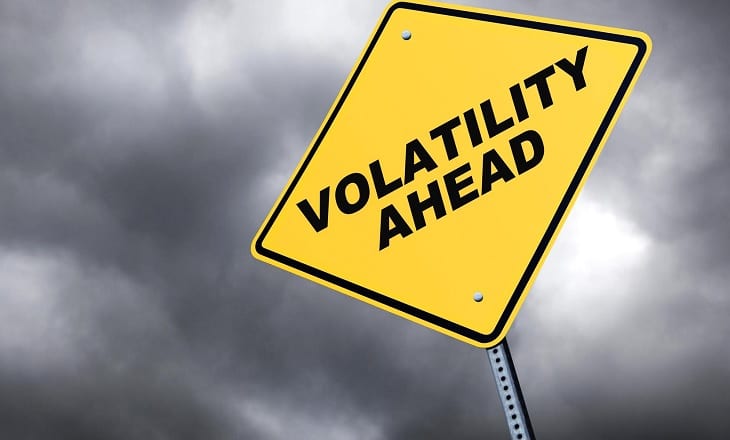Despite cooling off from the highs of 65.73, the VIX index continues to trade comfortably above 30, with retail traders once again finding themselves in an increasingly treacherous trading environment. Historically, such elevated volatility has signalled periods of severe market stress, and the consequences for leveraged retail accounts have not been pretty.
Periods when the VIX has exceeded 30, including during the 2008 financial crisis, the COVID-19 market crash in March 2020, and geopolitical tensions in early 2022, have consistently seen a spike in retail trading activity. Many individual traders interpret sharp price movements as profit opportunities and consequently increase their leverage exposure. Regulatory data, including from the UK’s Financial Conduct Authority and the European Securities and Markets Authority (ESMA), reveals that retail clients often raise their risk levels significantly during such periods, with leverage ratios reaching unsustainable levels.
The result is frequently a rise in account losses. For instance, during the March 2020 crash, when the VIX surged above 60, brokers reported both an increase in trading volume and in client losses. Extreme volatility across FX and equity index CFDs triggered stop-outs and margin calls at unprecedented rates, often in a matter of seconds, as liquidity thinned and spreads widened sharply.
The FCA’s 2022 update noted that during Q1 2020, the percentage of retail clients receiving margin calls increased by 35% compared to the previous quarter, and overall retail losses rose substantially.
Slippage became a significant concern, particularly for retail traders relying on market orders or automated systems not calibrated for abnormal volatility. Execution risks intensified as liquidity providers withdrew or widened quotes, and pricing gaps became commonplace. The experience of GBP traders during the Brexit referendum, when GBP/USD plummeted several hundred pips in minutes, offers a striking example of how quickly market conditions can become unmanageable for underprepared traders.
Beyond technical issues, behavioural patterns also played a role. A 2021 ESMA behavioural study found that retail traders were far more likely to engage in loss-chasing, impulsive trades, and overtrading during periods of heightened volatility. These tendencies, coupled with poor risk controls and a lack of professional-grade trading infrastructure, often exacerbated losses during high-VIX periods.
Time will tell during the next major financial reports as to the impacts this time around, but the wild swings that have accompanied the trade war may well be catching people out again.
While a VIX reading above 30 may present perceived opportunities, the historical record suggests it more often leads to accelerated drawdowns and margin exhaustion for retail accounts. Without disciplined risk management and an understanding of volatility’s compounding effects on leverage and liquidity, many retail traders face an uphill battle.
